ASEAN Connectivity to help integrate Southeast Asia
By Korea HeraldPublished : Oct. 25, 2015 - 20:29
When the Association of Southeast Asian Nations launches its Economic Community in December, the region will boast a single market of $2.4 trillion and 620 million people.
In line with the ASEAN Master Plan on Connectivity that aims to link its 10 member states physically, institutionally and socially, ASEAN needs over $3.3 trillion investment in infrastructure, transport, energy and information communications technology by 2030.
Analysts note that the ambitious scheme presents vast opportunities for foreign investment, as the region lacks financial, technological and institutional capacities to cover the magnitude of its grand undertaking.
In line with the ASEAN Master Plan on Connectivity that aims to link its 10 member states physically, institutionally and socially, ASEAN needs over $3.3 trillion investment in infrastructure, transport, energy and information communications technology by 2030.
Analysts note that the ambitious scheme presents vast opportunities for foreign investment, as the region lacks financial, technological and institutional capacities to cover the magnitude of its grand undertaking.
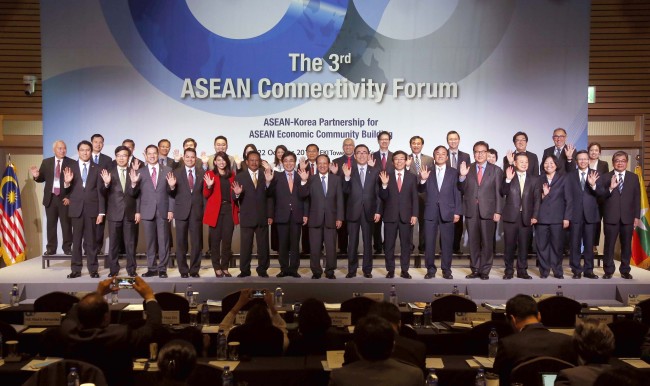
The ASEAN-Korea Center, in collaboration with the Federation of Korean Industries, held its third annual forum, titled the ASEAN-Korea Partnership for ASEAN Economic Community Building, at KFI Tower on Thursday.
Diplomats, potential investors, policy experts and journalists participated in the daylong event, which had presentations on the current situations and challenges in the master plan, financial solutions and individual country projects, followed by one-on-one business meetings.
“Connectivity has become a buzzword around the world,” Korea’s Vice Foreign Minister Cho Tae-yul said in a speech. “In virtually all regional and interregional forums, such as APEC and ASEM, the debate is on enhancing connectivity.”
Physical, financial and informational linkages have accelerated the integration of the 10 member states of ASEAN ― Indonesia, Malaysia, the Philippines, Singapore, Thailand, Brunei, Cambodia, Laos, Myanmar and Vietnam ― whose economies and development levels vary sizably, the vice minister noted.
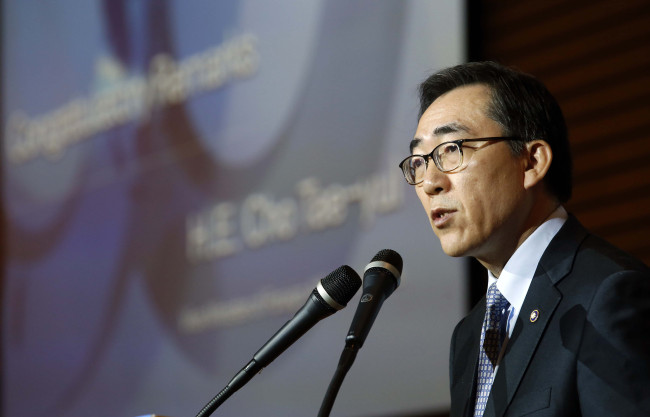
Pointing to a symposium held in Kuala Lumpur earlier in October, the ASEAN-Korea Center Secretary-General Kim Young-sun underscored that mobilizing the necessary resources and finding commercially viable projects were critical to achieving the intraregional and interregional connectivity.
“ASEAN is committed to the goal of an Economic Community this year, and enhanced connectivity is essential for freer movement of people, goods and services,” said Hasnudin Hamzah, the chair of ASEAN Connectivity Coordinating Committee.
“Korea is one of our key partners in construction and infrastructure development related to the connectivity. You have been in our region for a long time, and we hope that your interest and involvement would be revitalized and deeper in the new era after the launch of the economic community,” he added.
Hamzah pointed to several projects underway and completed, including the ASEAN Highway Network, Kunming-Singapore Rail Link, Neak Loeung Bridge, ASEAN Roll-on/Roll-off Shipping Network, the West Kalimantan-Sarawak Power Interconnection Project, the ASEAN Power Grid and the Trans-ASEAN Gas Pipelines.
The various projects welcome the participation of Korean construction companies, engineering consultancies, technology advisory groups, suppliers, infrastructure builders, financial institutions and insurance firms, he said.
“To make the projects bankable, we are investing in due diligence, feasibility studies, political support and predictable regulatory environment.”

The Asia Development Bank estimates that Asia needs $8 trillion until 2020 to fund the infrastructure construction, for which countries would need to spend 5 to 6 percent of their GDPs. The new houses, roads, airports, ports and public transportation planned to be added or repaired are estimated to take up 60 percent of global infrastructure spending by 2025, according to the ADB.
Since it was launched in 1967, ASEAN has steadily improved its physical, institutional and social linkages, striving to become a rivaling economic powerhouse to those of China, Japan and Korea.
Under the banner “unity in diversity,” people-to-people contacts through tourism, education and cultural exchanges have witnessed large expansions within and across the region, abetted by the globalization of Asian culture and commodity.
“ASEAN’s connectivity and launch of its community could greatly enhance connections between Southeast and Northeast Asia,” the vice minister said.
“Taking a few steps further, we could even imagine far-reaching connectivity across markets in Europe and Asia through the Eurasia Initiative vigorously pursued by the Korean government.”
Cho highlighted that once ASEAN and Korea became part of the Trans-Pacific Partnership, it would further strengthen economic integration across the Pacific.
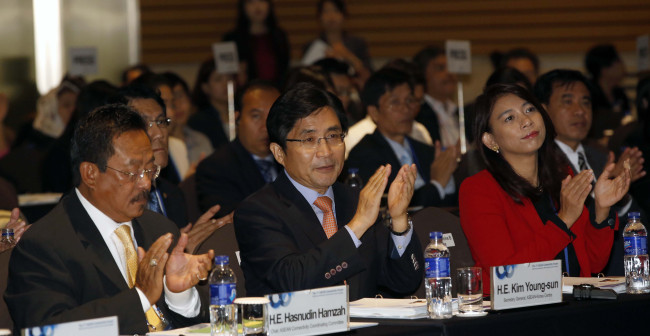
Since establishing a dialogue partnership with Korea in 1989, ASEAN has become Korea’s second-largest trade partner, investment destination and construction market, with the bilateral trade reaching $132 billion last year, second only to China.
The Korean government, through its official development assistance using the Korea-ASEAN Cooperation Fund and the Korea-Mekong Cooperation Fund, has assisted in various projects aimed at narrowing gaps between the ASEAN states.
The Korea International Cooperation Agency has provided support in education, health, institutional governance, rural development, science and technology, and transport and infrastructure. In line with the United Nations’ post 2015 Sustainable Development Goals, the KOICA is developing new strategies to work with ASEAN in these comprehensive areas.
Korea has also lent its institutional expertise in rural development through a model of the Saemaul Undong, or New Village Movement, which was presented at the U.N. General Assembly’s 70th session in New York last month.
By Joel Lee (joel@heraldcorp.com)
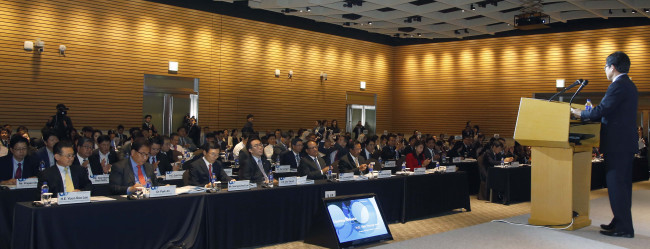
-
Articles by Korea Herald




![[Weekender] Korean psyche untangled: Musok](http://res.heraldm.com/phpwas/restmb_idxmake.php?idx=644&simg=/content/image/2024/05/02/20240502050841_0.jpg&u=)

![[Eye Interview] 'If you live to 100, you might as well be happy,' says 88-year-old bestselling essayist](http://res.heraldm.com/phpwas/restmb_idxmake.php?idx=644&simg=/content/image/2024/05/03/20240503050674_0.jpg&u=)



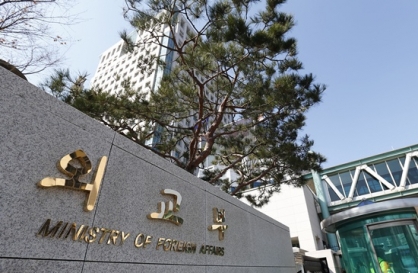







![[Herald Interview] Director of 'Goodbye Earth' aimed to ask how we would face apocalypse](http://res.heraldm.com/phpwas/restmb_idxmake.php?idx=652&simg=/content/image/2024/05/03/20240503050732_0.jpg&u=)
